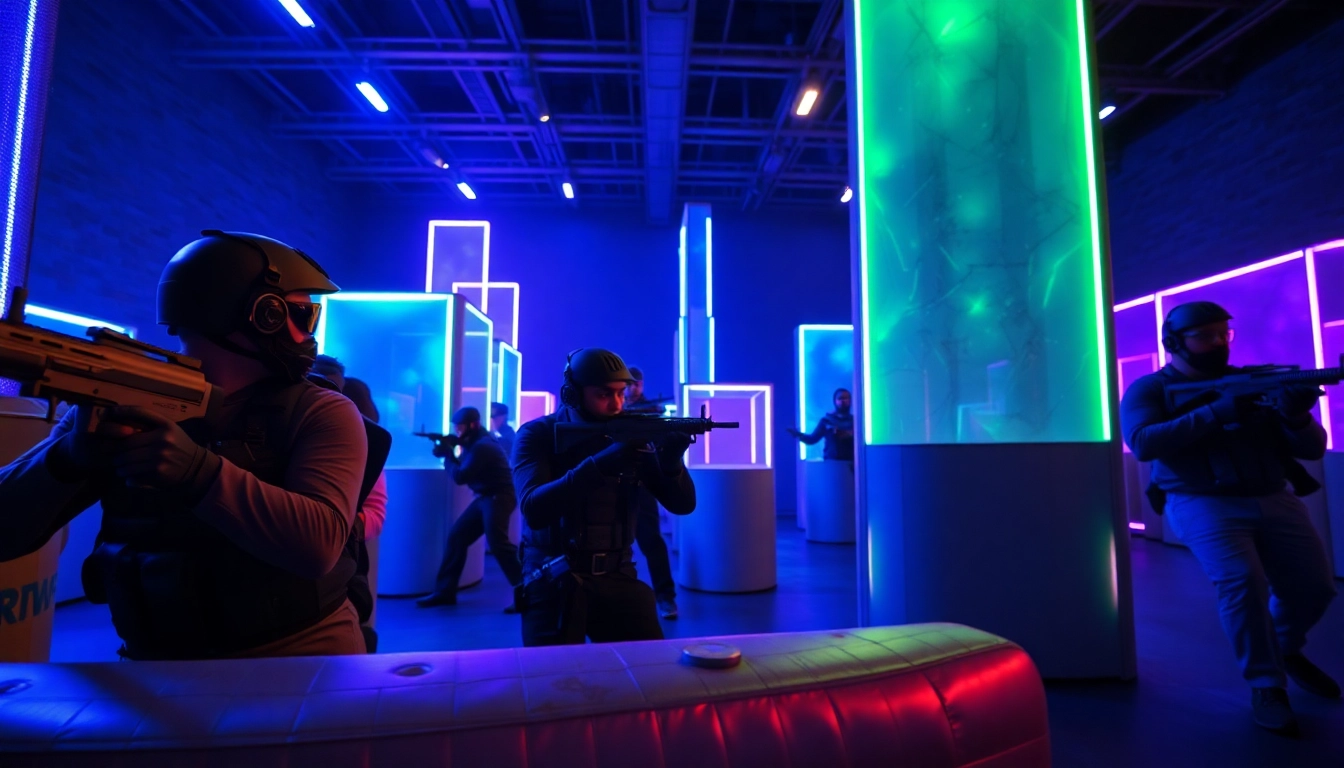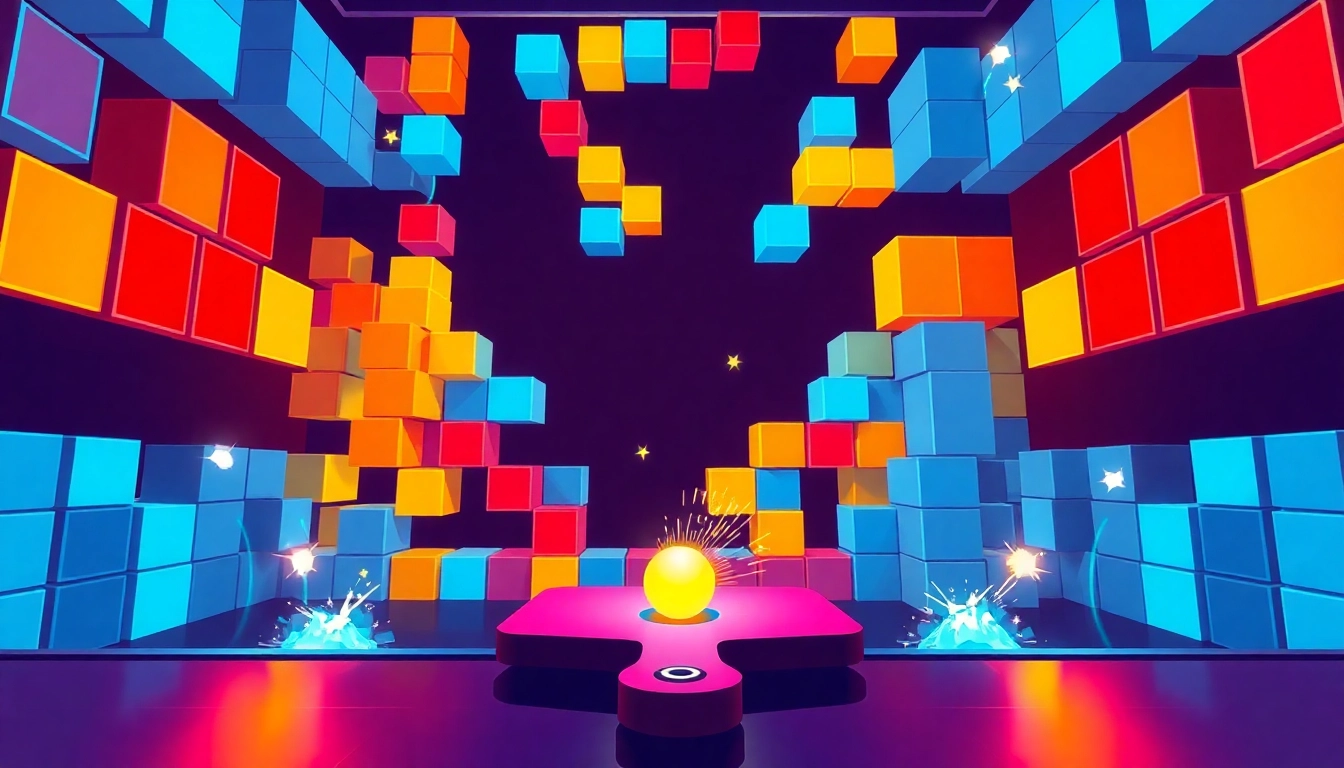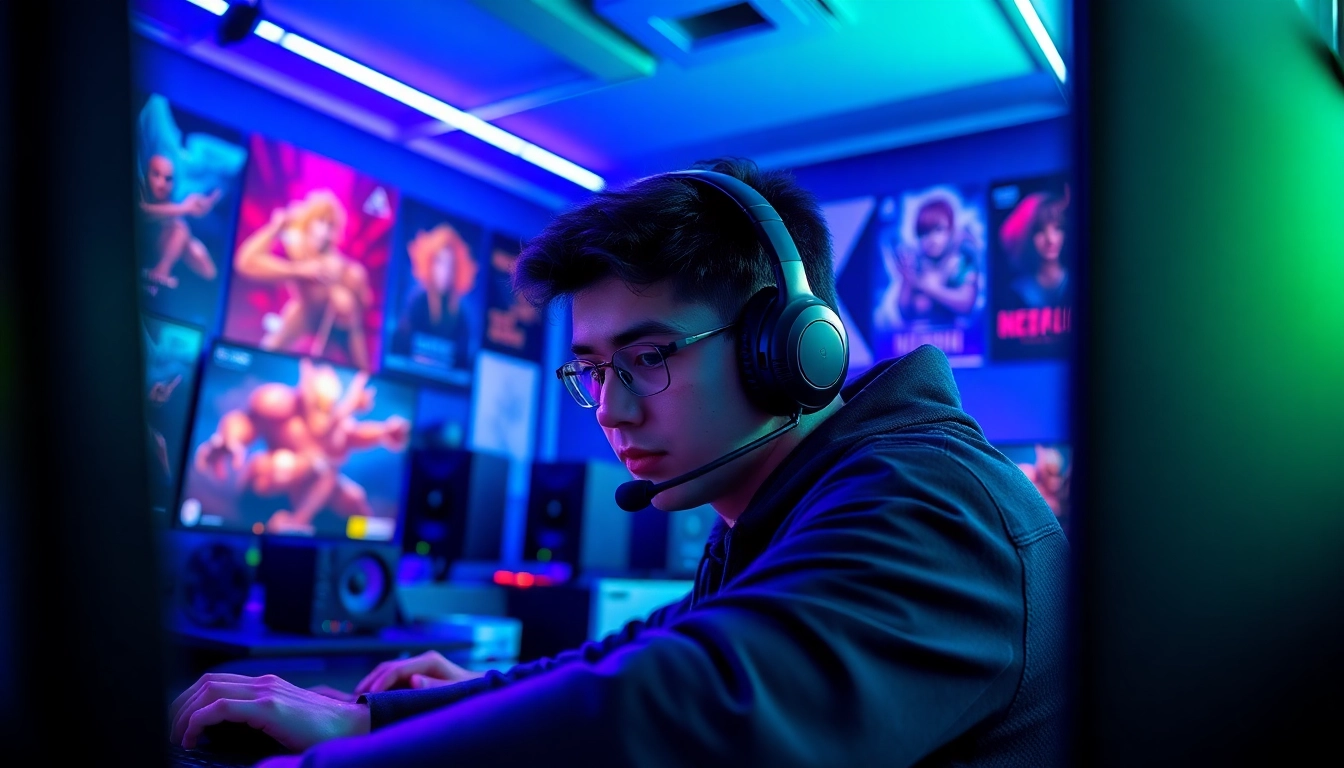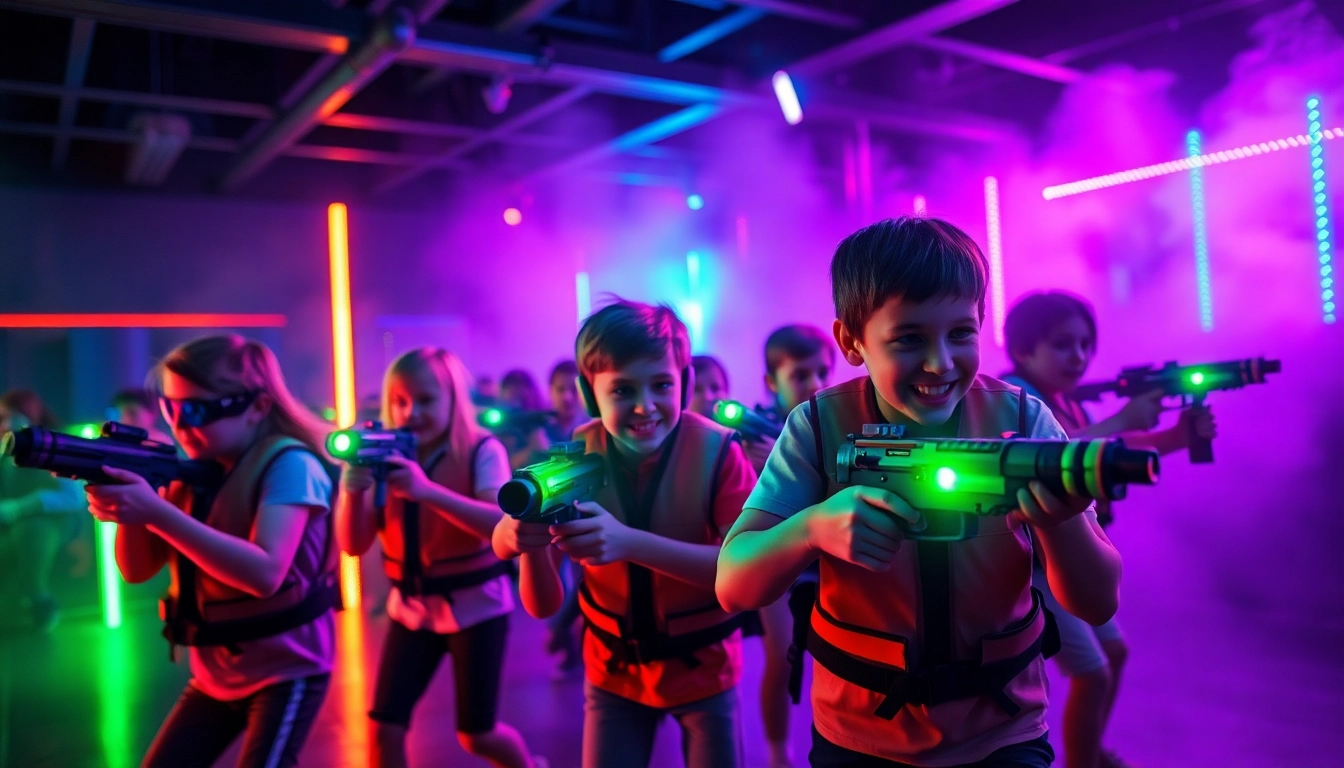Understanding the Basics of Laser Tag
What is Laser Tag?
Laser tag is a recreational shooting game where players use infrared-emitting light guns to tag opponents in a designated play area. The objective typically involves scoring points by “tagging” opponents while navigating an arena filled with obstacles such as barriers, ramps, and hiding spots. Unlike paintball, laser tag is non-contact, utilizing harmless infrared technology to ensure a safe play experience.
Players wear vests equipped with sensors that detect hits, making laser tag accessible and enjoyable for a wide age range. This thrilling activity fosters a sense of competition, teamwork, and strategy, appealing to families, friends, and even corporate groups looking for team-building exercises.
How Laser Tag Works: Equipment and Rules
Laser tag equipment consists of a light gun and a vest. The guns are designed to fire infrared beams, while the vests have sensors that light up and sometimes vibrate when hit. The game typically follows these main rules:
- Players are assigned teams and must adhere to their respective color codes.
- The arena is often filled with obstacles and hiding places, forming strategic battle zones.
- Players must shoot their opponents while evading incoming fire, utilizing tactics and teamwork to gain a competitive advantage.
- Games are usually timed, with the winning team determined by points scored or number of opponents tagged.
To learn more about the specifics of how laser tag works, many facilities offer introductory sessions for beginners, detailing game mechanics and strategies.
History and Evolution of Laser Tag
Laser tag emerged in the late 1970s, inspired by concepts from science fiction films and video games. The initial prototypes utilized basic infrared technology and were played in darkened rooms or outdoor spaces. Over the decades, advancements in technology have transformed the experience into the immersive gameplay enjoyed today.
In the 1990s, commercial arenas began to open, providing structured environments for players to engage in laser tag. This professionalization led to the development of standardized equipment, scoring systems, and game formats. Today, laser tag is not just limited to dedicated arenas but has extended to pop-up events and even backyard games, utilizing portable equipment for on-the-go fun.
Why Choose Laser Tag for Your Next Event?
Laser Tag as a Fun Family Activity
Laser tag serves as an excellent bonding activity for families, offering a combination of physical exercise and entertainment. With no strict skill requirements or extensive training needed, it is accessible to all members of the family, making it a fantastic option for family outings.
The thrill of competition can create unforgettable memories and foster deeper connections among family members. Whether it’s a birthday celebration, a family reunion, or just an afternoon outing, laser tag provides a unique and engaging experience for all ages.
The Benefits of Team Building Through Laser Tag
Many organizations have started incorporating laser tag into their team-building activities. The game promotes collaboration, communication, and strategic thinking, critical aspects of successful teamwork. Participants must work together to develop strategies and coordinate their movements, providing a fun way to strengthen workplace relationships and encourage teamwork outside the traditional office environment.
Laser tag also helps break down social barriers, allowing employees to interact in a relaxed setting. This different environment can enhance camaraderie, boost morale, and ultimately improve productivity in the workplace.
Planning a Laser Tag Birthday Party
When it comes to hosting a birthday party, laser tag offers a dynamic alternative to conventional celebrations. Here’s how to plan a memorable laser tag birthday party:
- Choose the Right Venue: Select a facility that offers laser tag services with skilled staff, immersive arenas, and adequate space for your guests.
- Consider Age and Group Size: Ensure the venue can accommodate the number of guests and is age-appropriate. Many venues provide packages tailored for different age groups.
- Customize the Experience: Work with the venue’s event coordinator to personalize the party, which may include private sessions, themed games, and party rooms for refreshments.
- Communicate with Guests: Send out invitations early that include essential details such as dates, times, and what guests should wear or bring, ensuring everyone is on the same page.
By incorporating these elements, a laser tag birthday party can be an exciting and memorable event for the birthday person and the attendees alike.
Finding the Perfect Laser Tag Venue
Indoor vs Outdoor Laser Tag Arenas
Choosing between indoor and outdoor laser tag venues can influence the overall gaming experience. Indoor laser tag typically features climate-controlled environments, obstacles, lighting effects, and sound systems to enhance gameplay. These facilities provide consistent experiences regardless of weather conditions.
In contrast, outdoor laser tag allows for larger fields, a more natural setting, and the potential for varied terrain and open-air strategies. Depending on the event’s needs, both options can be appealing.
Key Features to Look for in a Laser Tag Facility
When searching for the right laser tag venue, consider these essential features:
- Safety Standards: Ensure that the facility complies with safety regulations and has well-maintained equipment.
- Arena Quality: Look for arenas with innovative layouts and obstacles that enhance the gaming experience.
- Staff Expertise: Trained staff members can improve enjoyment and safety by providing rules refocusing gameplay and offering equipment support.
- Pricing and Packages: Be aware of various pricing structures and packages, especially for group bookings and special events.
- Additional amenities: Facilities that offer party rooms, concessions, and other activities create a more enjoyable atmosphere.
Comparing Prices and Packages
Laser tag prices can vary significantly based on location, venue type, and additional services. Here are generalized pricing expectations:
- Single Game: Ranges from $7 to $12 per person, typically lasting 5-15 minutes.
- Two Games Package: Varies from $12 to $20 per person, often offering a discount for additional playtime.
- Unlimited Play: For those looking for extended fun, hourly or day passes typically range from $20 to $35 and allow unlimited games during that time.
Many venues also offer group rate packages, which are often more economical for birthdays, corporate events, or large gatherings. It’s wise to compare different venues and their offerings to ensure the best value for your event.
Strategies for Winning at Laser Tag
Essential Tips for New Players
If you’re new to laser tag, here are some tips to maximize your experience:
- Learn the rules: Familiarize yourself with the specific rules of the venue before gameplay.
- Wear comfortable clothing: Choose attire that allows for ease of movement and makes you feel comfortable during gameplay.
- Stay aware: Always be conscious of your surroundings and position to avoid being an easy target.
- Utilize cover: Take advantage of the obstacles in the arena, moving strategically to hide and evade opponents.
Advanced Techniques for Experienced Players
Once you’re more comfortable with laser tag, consider these advanced techniques:
- Team Coordination: Work closely with team members, using signals to communicate movements and target changes.
- Flanking Strategies: Split your team into parts to approach opponents from multiple angles, increasing chances of tagging them.
- Movement Patterns: Develop unpredictable movement patterns, such as sudden stops or changes in direction, to confuse opponents.
Team Strategies for Coordinated Play
For team success in laser tag, consider these strategies:
- Designate Roles: Assign roles, such as snipers who are good at long-range shots and support players who can distract or cover.
- Controlled Retreats: When overwhelmed, ensure team members know how to safely retreat to regroup and plan a fresh attack.
- Establish Safe Zones: Create temporary locations on the field where team members can gather and strategize without being easily tagged.
Frequently Asked Questions about Laser Tag
Is Laser Tag Safe for All Ages?
Yes, laser tag is considered safe for all ages. The equipment emits low-energy infrared beams that are harmless to the eyes, making it a family-friendly activity. However, it is recommended that children under 6 be monitored closely to ensure the gear fits appropriately and they can handle the equipment safely.
How Much Does Laser Tag Typically Cost?
As mentioned, typical costs for laser tag sessions range from $7 to $12 for a single game, with discounts for multiple games or group bookings. It’s essential to check with individual venues for their exact pricing structures.
What Equipment is Used in Laser Tag Games?
The primary equipment used in laser tag includes the laser tag gun, vests with sensors, and occasionally, additional items like headbands or scopes for enhanced gameplay. Facilities often utilize updated technology to improve the player experience, including advanced targeting systems and scoring mechanisms.



